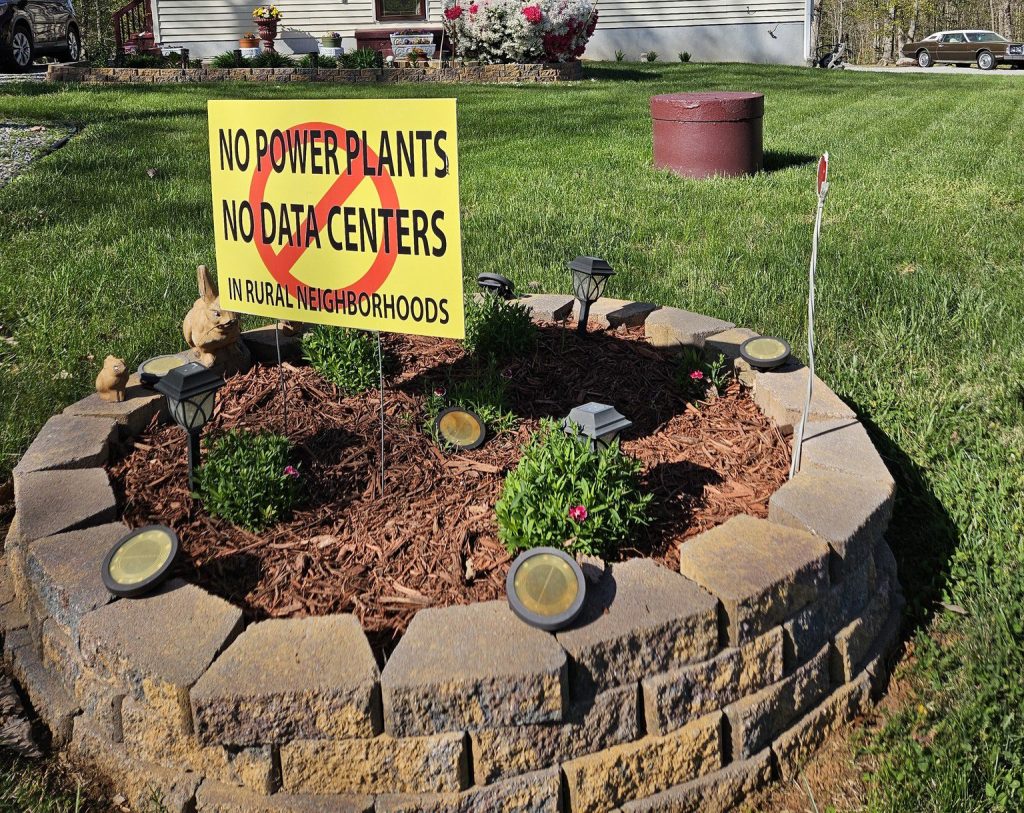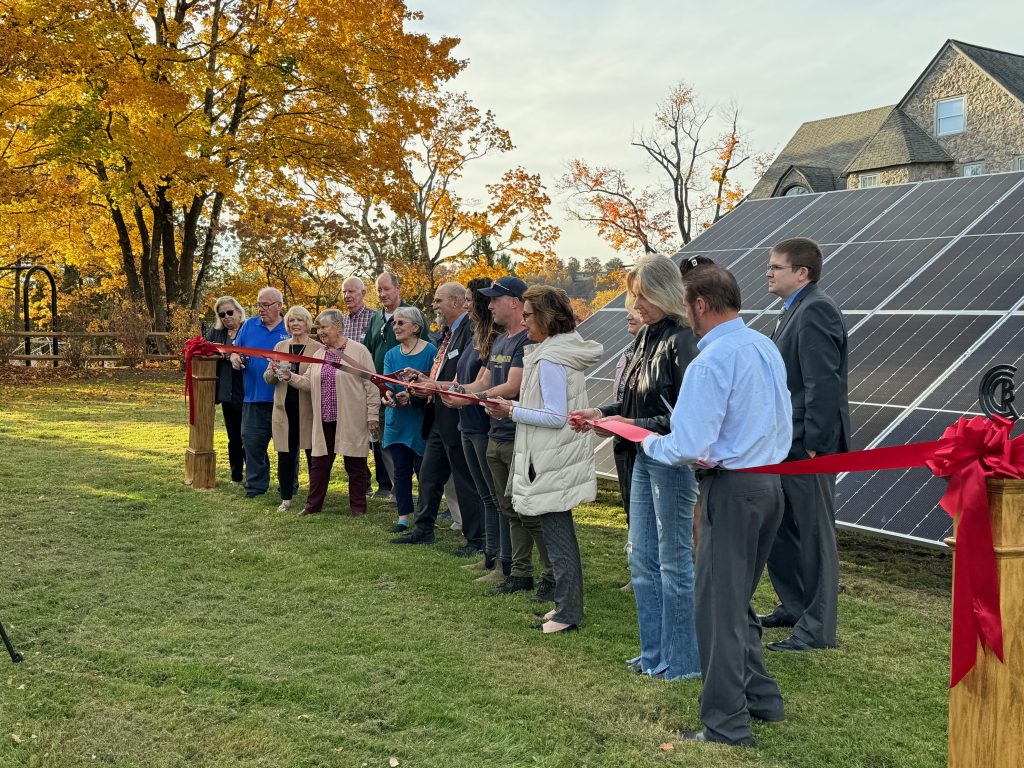Remembering the Past, Working for the Future
I am a child of Appalachia, and I say that with pride.
I was born and raised in a coal camp up Cabin Creek Hollow near Kayford, West Virginia. As was often the practice then, my family shared a house with my paternal grandparents. The home in which I was born is still standing; but it is standing in a ghost town. Little is left of my hometown but the footprints of my ancestors and my memories.
As a small child I thought the mountains were timeless; now I must face the cruel fact that they may not be. The mountains played an important part in the daily life of those who lived in the hills and hollows of West Virginia. They provided recreation and food to supplement our meager income. They also provided medicinal herbs to cure us when we were ill and a place to bury our dead when it was time for them to go. They offered us solace when times were hard and inspiration when we needed to refresh our soul. The mountains also reminded us of who we were and upon whose earth we walked. The mountains surrounded our modest homes with beauty. Most importantly, they gave us our sense of time and our sense of place.
Even as a child, when I looked at the mountains, I knew I was part of something much greater than I. The Appalachian Mountains are the oldest mountains in the world. In fact, they are the mother of all mountains. During the Ice Age, the Appalachian Mountains were never glaciated. When the ice receded, they were used to reseed the rest of the North American continent.
Long before coal was discovered near the small town of Peytona, West Virginia, proud mountain people inhabited the hills and hollows of the Appalachian Mountains. These mountain people have always had a unique relationship with the land on which they live. For us, land is not something you stand on. Most of the people in the Southern coalfields live on land that has been in their family for as much as nine generations. Some are descendants of the original settlers of the Appalachian Mountains. Others have Cherokee ancestors. Although there is sometimes a dispute over where the settlers came from, we know that our section of the Appalachian Mountains was settled primarily by Scotch-Irish who left their homeland in Northern Ireland during the 19th century. They soon developed a folk culture that reached throughout all of Appalachia.
This culture was able to absorb new settlers that moved into the mountains. Whether they were Eastern Europeans, Spaniards, Italians or Poles, if they lived here long enough to have children, their children became mountain people. The fact that the culture could absorb other cultures with little or no change itself indicates just how strong the culture was. History proves that the culture was one of a kind and that it flourished in relative isolation for a century and a half before mainstream American culture began making inroads
Today there are really two Appalachias – the one I love and have just described and the mythic Appalachia most Americans imagine. The real Appalachia is lush green mountains, deep ancient forests, ice-cold trout streams, small hill-farms, and little mountain communities filled with unpretentious working-class people. Common sense and commitment are common values. Appalachians tend to look back more than most other Americans. They define who they are by how they fit into an extended family, which includes ancestors. Their roots run deep in the mountain soil, deeper than corporate greed and political corruption. Appalachia is not the woe-begotten place filled with illiterate people lost in poverty who live in squalor on welfare. It is not snake handlers or cannibalistic retarded people. This is a common stereotype created by the land barons and the out of state corporations that robbed the people of their land and their mineral rights. Unfortunately this is the image most people have of Appalachia. This image is used to strip us of our humanity so that no one will feel obligated to care about us. For them, we are throwaway people.
The future of Appalachian culture is clouded. There are those who say the culture is dying. I say that the culture is still alive and will remain so if we honor the values, customs and commitment of our ancestors. If we do nothing, it will surely die.
The greatest danger to Appalachian culture is mountaintop removal mining. This egregious system of mining is destroying both the physical and human environment throughout the southern coalfields. Mountaintop removal mining makes moonscapes out of mountains, buries streams under tons of rubble, contaminates drinking water, creates flooding, demolishes one of the oldest and most diverse temperate forests and wildlife habitats, causes blasting damage to residents’ homes, destroys our mountain culture and heritage and permanently destroys entire communities.
Coal River Mountain Watch was organized in 1998 in response to the fear and frustration of people near or down stream from huge mountaintop removal sites. We began as a small group of volunteers working to organize the residents of the southern coalfields. With the help of Appalachian Voices, who served as both our fiscal sponsor and our mentor, we began to grow. From this humble beginning, we have become one of the major forces in opposition of mountaintop removal mining and the voice of the southern coalfields.
We look forward to many more years of cooperation with Appalachian Voices in our fight to establish social, economic and environmental justice in the coalfields of southern West Virginia. We hope you will join us in this fight.
Janice A. Nease, P. O. Box 651
Whitesville, WV 25209
Related Articles
Latest News
More Stories

Leave a comment
Your email address will not be published. Required fields are marked *




